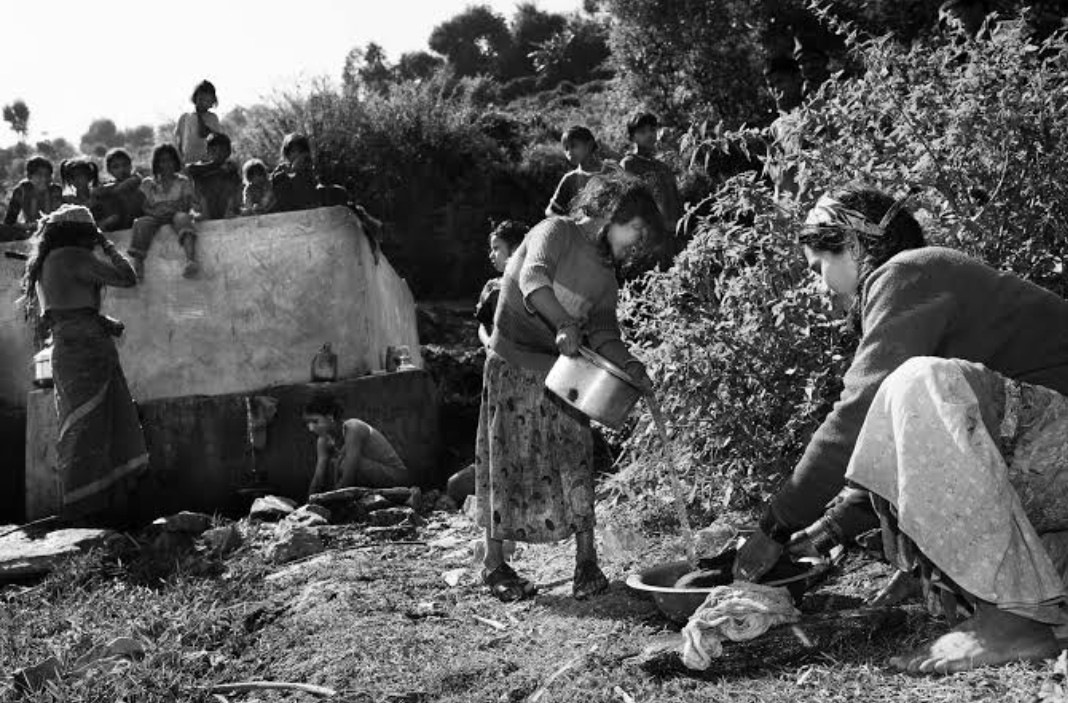civil disobedience movement
vijay
 2. Simon commission
2. Simon commission  :- Gandhi- Irwin pact
:- Gandhi- Irwin pact
 > Limit of civil disobedience movement
> Limit of civil disobedience movement
Civil Disobedience Movement (CDM)
November 15,2024
why did civil disobedience movement start?
- The Civil Disobedience Movement started because many Indians were unhappy with British rule. After the Non-Cooperation Movement, people wanted to take more direct action against the British government.
:- Towards civil disobediance movement
.Many leaders such as C.R das and motilal nehru formed the swaraj party with congress to agree for a refur of council politics.
.Younger leaders like jawaharlal nehru and subhas chandra bose pressed for more radical mass movement for full independence.
:- The factors that shaped indian politics towards the late 1920&
1. The worldwide economic depression (1929)
- Agriculture prices began to fall.
- Agriculture goods export declined.
- Peasants found it difficult to sell their harvest crops.
- Unable to pay revenue.
- This commission was headed by sir john simon.
- Objective - Review the constitution and suggest some changes.
- Problem - All 7 members were britishers, none were indian.
- Commission arrived in india in 1928, greeted with the slogen ''simon go back''.
- Mahatma gandhi started his famous ' salt march '
or 'Dandi march' on 11th march ,1930 accompanied
by 78 of his trusted volunteers.
- The march was to cover 240miles from gandhi's ashram in sabarmati to the gujarati coastle town of dandi.
- On 6th april, 1930, he reached Dandi and ceremonially violated the law by manufacturing salt by boiling sea water.
- This marked the beginning of civil disobedience movement.
- On 5th march 1931 gandhiji had to participate in a round table conference.
- Gandhiji demanded to release political leaders.
:- When gandhiji came back from london with
disappointment
He saw
- Graffar khan & Jawaharlal nehru were both in jail.
- congress had been declared illegal
:- So,Gandhiji relaunced the civil Disobedience movement
social groups paticipate in the movement
-Rich peasants
. They produced commercial crops.
. Due to depression, prices of good were fallen and their income were decreases.
. Unable to pay revenue.
. They participated actively in civil disobedience movement.
. To reduce high revenue
. But was deeply disappointed when CDM was called off in 1931.
. They refused to participate in 1931, when movement restarted.
-poor peasants
.Small peasants cultivated on land-lords land and in return they paid the rent.
. As depression continued small peasants found it difficult to pay their revenue.
. They demanded landlords to cancel their unpaid revenue.
. But congress did not support this no rent campaign.
-Bussiness class
.Britishers government had made such policies that restricted bussiness activities.
.They wanted to remove policies that restiricted bussiness activities.
. Another problem was import of foreign goods.
. they formed two federation
(i) Indian industrial and commercial congress in 1920.
(i) Fedration of indian chamber of commerce and industries (FICCI) 1927.
-Industrial working class
. They did not participate in CDM in large number except nagpur region.
. Those who participated adapted gandhain
programme,like boycott foregin
good.
. Thier own movement was against low wages and poor working condition.
. But congress did not support workers.
> participation of women
. Women also participated heavily in the civil disobedience movement
. Thousands of women came out from their home and listen gandhiji during dandhi march.
. Paricipation in protest march lost of women participated in salt manufacturing.
Not all social group were participate in CDM.
DALITS
. Congress had ignored dalits because fear of offending the high class hindu.
. Gandhi supported dalits called them harijans (children of god).
.He believed swaraj , would not come if untouchability was not eliminated.
. They wished for separate electorare that would choose dalit member for legislative councils.
BR ambedkar formed depressed class association ( 1930 )
On this gandhi began fast unto death.
Poona pact ( sep 1932 )
It gave depressed class reserved seat in provincial and central legislative council but they were to vote by general electorate.
MUSLIM
Muslims organisation muslim league In 1927, congress and muslim league wanted to from an alliance
- Mohammed ali jinnah leaders of muslim communtity demanded for seperate electarate.
Conclusion:*
The Civil Disobedience Movement marked a significant turning point in India's struggle for independence. Gandhi's non-violent resistance inspired a nation, challenging British authority and paving the way for future movements. Though faced with challenges, CDM's impact on India's freedom struggle and global civil rights movements remains profound.

